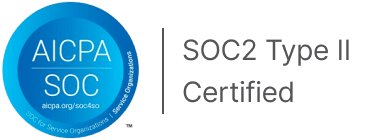Provider Sanctions List by Illinois Department of Healthcare and Family Services
The Provider Sanctions List is published by the Illinois Department of Healthcare and Family Services to ensure compliance with healthcare services. This list includes providers who have been sanctioned for violations of healthcare rules and regulations.
Mitigate risk with our comprehensive screening solutions for your AML and sanctions compliance.
3,153 Entities in Provider Sanctions List by Illinois Department of Healthcare and Family Services
| Entity Name | Entity Type | Effective Date | Status |
|---|---|---|---|
NEAL NIKKI D | Individual | Dec 9, 2018 | active |
OTERO MARIA | Individual | Sep 19, 1984 | active |
OPINGA LISA | Individual | Oct 18, 2017 | active |
WALLACE DAVID | Individual | Mar 28, 2006 | active |
WALLACE RICHARD | Individual | Mar 28, 2006 | active |
WALKER DORISTEEN | Individual | Sep 21, 2000 | active |
WAGNER LYNDSAY | Individual | Aug 2, 2023 | active |
WALLACE CONVERSION VANS TRAN | Company | Oct 31, 2002 | active |
WAHIB SAMIR | Individual | May 3, 2024 | active |
VOLOSHIN EMMA | Individual | Nov 26, 2011 | active |
FAQs
Why is compliance with Provider Termination and Exclusion List by Washington State Health Care Authority necessary?
Compliance with The Provider Termination and Exclusion List By The Washington State Health Care Authority is essential for maintaining the integrity of healthcare services in the state. this list identifies providers who have been terminated or excluded from participating in health programs due to various reasons, such as fraud, misconduct, or violations of law. by ensuring that healthcare organizations do not employ or contract with these excluded providers, we protect patients from substandard care and safeguard public funds.
Which companies should comply with Provider Termination and Exclusion List by Washington State Health Care Authority?
The Provider Termination and Exclusion List by the Washington State Health Care Authority is essential for organizations in the healthcare industry. Healthcare providers, insurers, and institutions must comply to avoid hiring or partnering with excluded individuals or entities. This compliance ensures the integrity of healthcare services, protects recipients of care, and safeguards organizations from potential legal and financial repercussions.
APIs
Data License
Solutions
Pricing
















